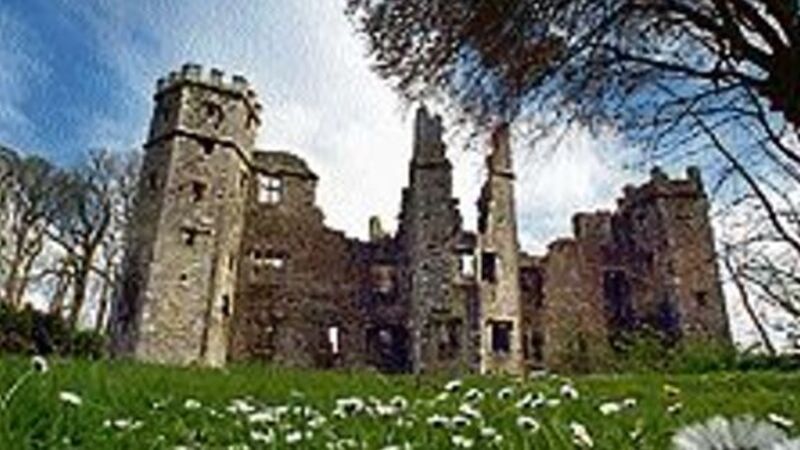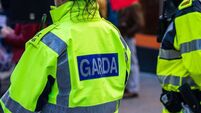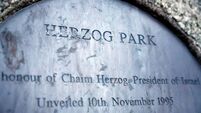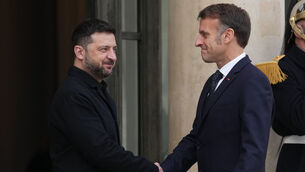Bid to increase tourism in North Cork villages

Cork County Council is piloting a scheme to ensure some villages benefit more from tourism income.
It plans to highlight the heritage potential of lesser-known villages in North Cork in a bid to attract tourists. It is envisaged, with the backing of a major marketing campaign, to roll out the scheme through the county at a later date.
Currently, many larger towns in Cork benefit from tourism revenue, but the new measures are being considered to ensure visitors’ cash permeates to village communities.
County Hall’s economic development unit is driving the ambitious project. It aims to bring into rural areas more visitors seeking outdoor activities such as fishing, walking, and cycling, and attract tourists interested in the area’s heritage, history, and culture.
Louis Duffy, head of the unit, said that it had so far identified 70 “heritage and other significant sites of interest” in the North Cork region which it says are easily accessible. He said the intention of the pilot scheme was to “hook up routes” in villages which would be suitable for walking, cycling, and driving.
It is imperative, he added, that such routes be highlighted to show services available in village areas, such as B&Bs, pubs, and food -providers for light snacks or full meals, and where visitors can connect with public transport, if necessary.
“There is an add-on value to this because businesses expand or spring up to cater for tourists. For example, (for high-end visitors) you could get somebody employed to bring bicycles and luggage from point A to B for tourists. Villagers could also develop coffee shops, provide sandwiches, etc,” Mr Duffy said.
He said the council plans to create “an entire offering” for areas, which would be put on the internet, and highlighted in brochures, which would detail the tourism appeal, activities, and services available.
He said it was also important to highlight connectivity between areas and their tourism potential, so that people with different interests could pick and choose what they want and plan a holiday accordingly.
The council intends to create tourism maps for such rural areas across North Cork. It has already produced heritage maps and trails which focus on Bandon, Dunmanway, and Charleville and it plans to erect interpretive signs in various areas to highlight what’s on offer.
“The importance of this can’t be understated. These are the kinds of places where you get the real Ireland,” Mr Duffy added.
The council, meanwhile, is involved in a ‘Munster Vales Initiative’, a pilot project which will develop future tourism in the Blackwater Valley and is tied in with projects in Waterford, Tipperary, and Limerick.
The initiative focuses on the Comeragh, Slievenamon, Galtees, Knockmealdown, Ballyhoura and Nagle mountain ranges.
Cllr Frank O’Flynn, a member of the council’s Tourism Special Purposes Committee, said such initiatives could pay huge dividends for villages.
Whale and dolphin hotspots added to ‘must-see’ list
Whale and dolphin hotspots are to be added to a growing list of tourist trails designed to attract more special interest tourists to Co Cork.
The county council’s economic development unit has identified 14 locations along the county’s coast as possible designated watching areas, and is in discussion with Fáilte Ireland about how to progress them.
Louis Duffy, who heads the unit, said the council would initially pick the best locations to develop — improving car parking, installing picnic site seating, interpretive signs and brochures which will be given to tourism outlets.
Meanwhile, on another maritime note, the local authority is developing its first ‘blueway’ trail between Skibbereen and Baltimore for recreational water activities, especially for kayaking and leisure sailing.
In addition, Mr Duffy said as a legacy of the success and interest in organised Lusitania centenary events, the council is working with the History Department at UCC and the Lusitania Centenary Groups in Cobh, Kinsale, Old Head of Kinsale and Courtmacsherry to establish a Lusitania Trail.
And, as part of the major walking route, the ‘Beara-Breifne Way’ the construction of the pedestrian bridge over the River Blackwater at Millstreet will shortly be completed which is the final Cork section of the famed O’Sullivan Bere route.
The council will also provide interpretive signs at 34 points along the Wild Atlantic Way in Cork county.
— Sean O’Riordan












